How Much Is An Sd Card For Android?
When it comes to expanding the storage of your Android device, one common solution is to invest in an SD card. Given the wide variety of options available on the market, it can be challenging to determine how much you should spend on an SD card for your Android device. This article aims to provide clarity on the different factors that influence SD card pricing, address common user concerns, and offer practical advice for selecting the right SD card to meet your needs.
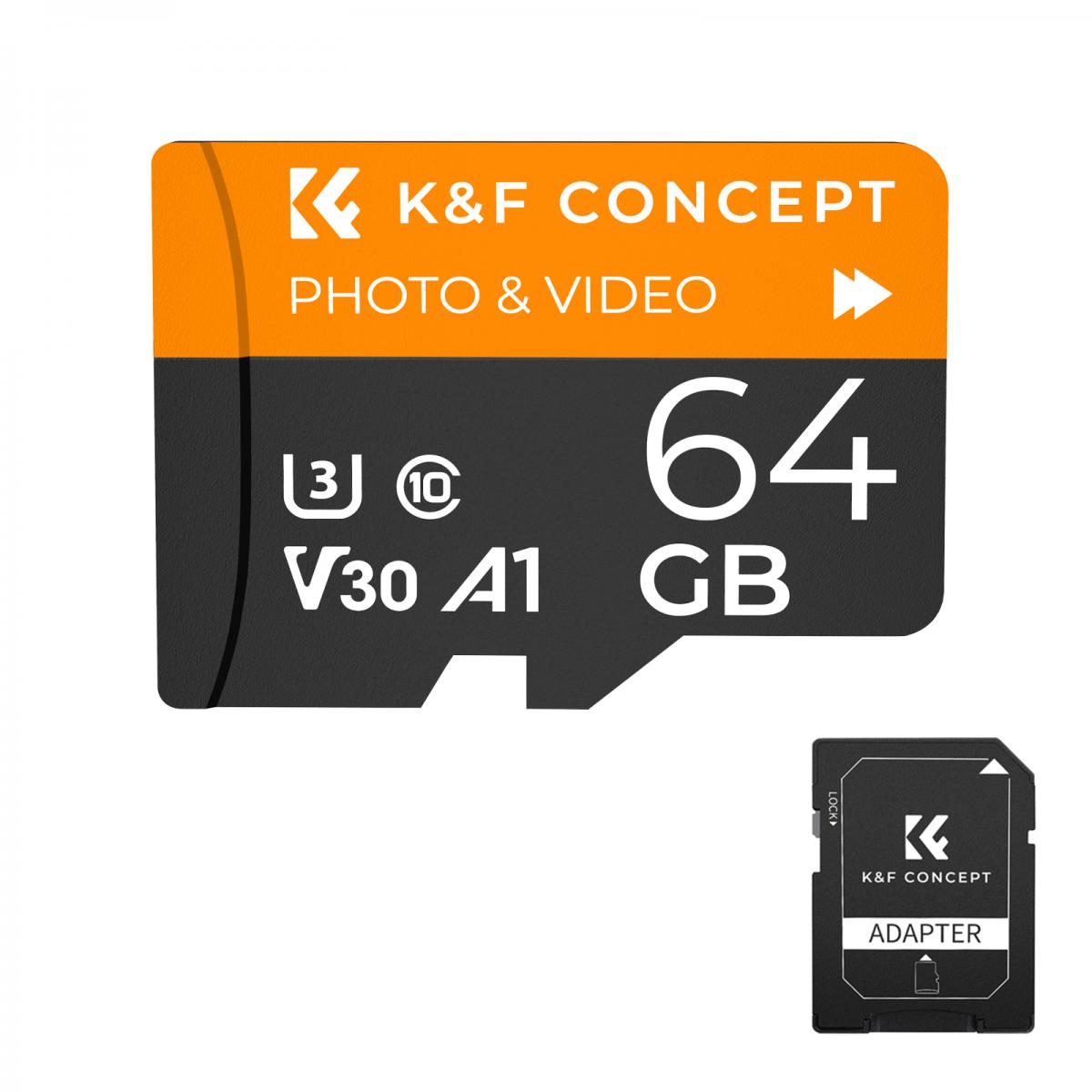
Understanding the Types of SD Cards
First and foremost, it is essential to understand the different types of SD cards available and their respective advantages:
1. SD (Secure Digital) Cards: These are the standard type of memory cards, commonly used in portable devices like cameras. They are generally larger in physical size compared to microSD cards.
2. MicroSD Cards: These are a smaller version of SD cards specifically designed for smartphones, tablets, and other similar devices. Most Android devices that support external storage will generally use microSD cards.
Given that most Android devices use microSD cards, this article will predominantly focus on microSD cards.
Factors Influencing the Cost of SD Cards
Several factors influence the price of microSD cards, including storage capacity, speed, brand, and additional features. Understanding these factors will help you make an informed purchasing decision.
1. Storage Capacity
MicroSD cards come in various storage capacities, generally ranging from 16GB to 1TB. The storage capacity you need will significantly impact the cost of the card. Here is a rough estimate of the price ranges as of 2023:
- 16GB: $5 - $10
- 32GB: $8 - $15
- 64GB: $12 - $20
- 128GB: $20 - $40
- 256GB: $35 - $60
- 512GB: $70 - $100
- 1TB: $150 - $300
Typically, higher capacity microSD cards cost more, but they also offer more storage space for apps, photos, videos, and other data.
2. Speed Class
MicroSD cards are categorized based on their speed class, which denotes the minimum write speed of the card. The commonly available speed classes are:
- Class 2: Minimum write speed of 2MB/s
- Class 4: Minimum write speed of 4MB/s
- Class 6: Minimum write speed of 6MB/s
- Class 10: Minimum write speed of 10MB/s
- UHS (Ultra High Speed): Includes U1 (10MB/s) and U3 (30MB/s)
- V (Video Speed Class): Ranges from V6 (6MB/s) to V90 (90MB/s)
Cards with higher speed classes are generally better for high-definition video recording and fast data transfer, but they also tend to cost more.
3. Brand
The brand of the microSD card can also impact its price. Well-known and reputable brands such as SanDisk, Samsung, Kingston, and Lexar tend to be more expensive than lesser-known brands. However, the reliability and performance of branded cards usually justify the higher cost.
4. Additional Features
Some microSD cards come with additional features such as waterproofing, temperature resistance, shockproofing, and X-ray proofing. These features can add to the cost but offer added durability and protection for your data.
How to Choose the Right SD Card for Your Android Device
Now that we understand the different factors affecting the price of microSD cards, let's discuss how to choose the one that best meets your needs.
Analyze Your Storage Needs
Clearly outline your storage requirements before purchasing an SD card. If you primarily use your device for basic functions such as calling, texting, and light app usage, a card with lower storage capacity like 32GB or 64GB should suffice. However, if you take a lot of photos, record high-definition videos, or download large files, you may need a card with higher storage capacity, such as 128GB or more.
Check Compatibility
Ensure your Android device is compatible with the microSD card you plan to purchase. Most modern Android devices support microSDHC (up to 32GB) and microSDXC (32GB to 2TB) formats. Refer to your device’s manual or the manufacturer’s website for compatibility details.
Speed Matters
If you intend to use the card for applications requiring fast read/write speeds like 4K video recording or high-speed data transfer, opting for a high-speed card (UHS-I, UHS-II, or V30+) is prudent. For basic storage needs, a Class 10 card should be sufficient.
Opt for Reputable Brands
Choosing cards from reputable brands ensures reliability and long-term performance. Although they might be slightly more expensive, they come with warranties and are less likely to fail.
Look for Additional Features
If you frequently travel or use your device in challenging environments (e.g., beaches, mountains), investing in a card with additional durability features is advisable. Waterproof, shockproof, and temperature-resistant features can offer peace of mind.
Price Comparison
Once you've determined your needs, conduct a price comparison across various online and offline retailers to get the best deal. Don’t forget to check user reviews for an insight into real-world performance and reliability.
In conclusion, the cost of a microSD card for your Android device can vary widely based on storage capacity, speed, brand, and additional features. By understanding these factors and aligning them with your specific requirements, you can make an informed decision that provides the best value for your money. Investing in a good-quality microSD card can significantly enhance your Android device's storage capacity and performance, thereby enhancing your overall user experience. So take your time to evaluate your needs, compare options, and make a wise purchase.





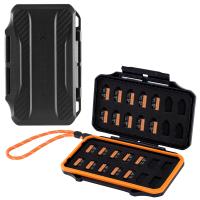
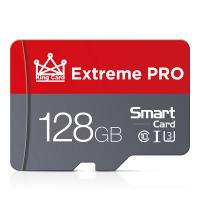
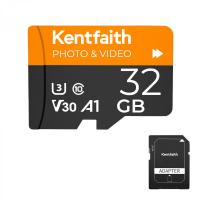
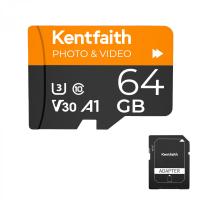


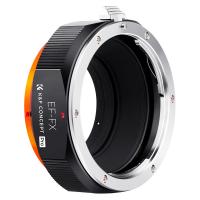




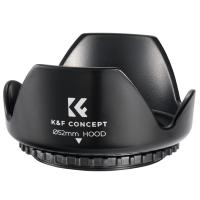


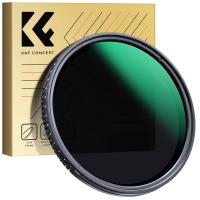



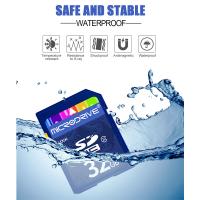




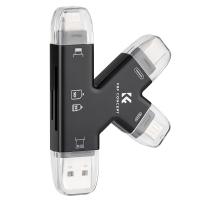
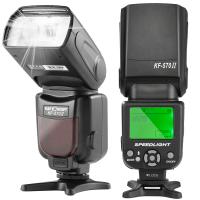
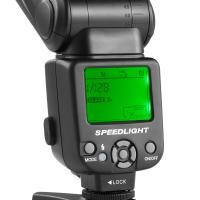

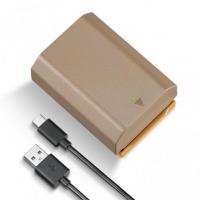


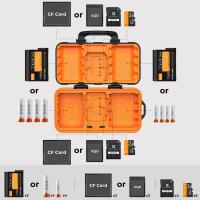
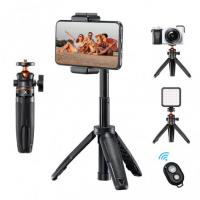

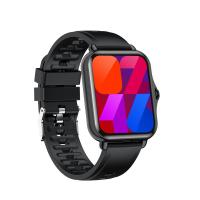
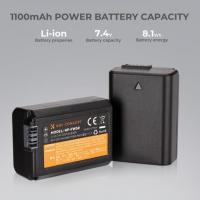
There are no comments for this blog.